- Luật
- Hỏi đáp
- Văn bản pháp luật
- Luật Giao Thông Đường Bộ
- Luật Hôn Nhân gia đình
- Luật Hành Chính,khiếu nại tố cáo
- Luật xây dựng
- Luật đất đai,bất động sản
- Luật lao động
- Luật kinh doanh đầu tư
- Luật thương mại
- Luật thuế
- Luật thi hành án
- Luật tố tụng dân sự
- Luật dân sự
- Luật thừa kế
- Luật hình sự
- Văn bản toà án Nghị quyết,án lệ
- Luật chứng khoán
- Video
- NGHIÊN CỨU PHÁP LUẬT
- ĐẦU TƯ CHỨNG KHOÁN
- BIẾN ĐỔI KHÍ HẬU
- Bình luận khoa học hình sự
- Dịch vụ pháp lý
- Tin tức và sự kiện
- Thư giãn

TIN TỨC
fanpage
Thống kê truy cập
- Online: 223
- Hôm nay: 198
- Tháng: 1621
- Tổng truy cập: 5245625
Is the Coronavirus Crash Worse Than the 2008 Financial Crisis?
The last global economic crisis was a financial heart attack. This one might be a full-body seizure.
In May 2018, President Donald Trump restructured and downsized the pandemic preparedness unit. Of course, it seems ill-judged in retrospect. But he was not the first president to do so. The National Security Council’s (NSC) global health security unit was set up under Bill Clinton in 1998. Years later, first George W. Bush and then Barack Obama would shut it down, only to reestablish it shortly afterward. The fact is that bureaucracies have never known how to treat low-probability, high-stakes biomedical risks like pandemics. They sit awkwardly within the conventional silos of modern government and models of risk assessment.
If this is true for the NSC, it is even more so for those charged with economic policymaking. Among the tail risks widely discussed in economic policy circles, a deliberate shutdown of national economies on the grounds of a public health emergency has never been seriously considered. Of course, we’ve spoken of “contagion” in financial crises, but we’ve meant it metaphorically—not literally.
In 2008, we saw how the financial uncertainty spreading from the downturn in real estate—by way of subprime to funding markets and from there to the balance sheets of major banks—could threaten an economic heart attack. It was this massive financial shock, piled on top of the losses to households from a downturn in the real estate sector, that caused economic activity to contract. In the worst of times, over the winter of 2008-2009, more than 750,000 job losses were recorded every month—a total of 8.7 million over the course of the recession. Major industrial companies like GM and Chrysler stumbled toward bankruptcy. For the global economy, it unleashed the largest contraction in international trade ever seen. Thanks to massive intervention of both monetary and fiscal policy, it did not become a deep and prolonged recession. After a contraction of 4.2 percent in gross domestic product, a recovery began in the second half of 2009. Unemployment peaked at 10 percent in October 2009.
It is too early to confidently predict the course of the economic downturn facing us due to the coronavirus. But a recession is inevitable. The global manufacturing industry was already shaky in 2019. Now we are deliberately shutting down the world’s major economies for at least several months. Factories are closing, shops, gyms, bars, schools, colleges, and restaurants shuttering. Early indicators suggest job losses in the United States could top 1 million per month between now and June. That would be a sharper downturn than in 2008-2009. For sectors like the airline industry, the impact will be far worse. In the oil industry, the prospect of market contraction has unleashed a ruthless price war among OPEC, Russia, and shale producers. This will stress the heavily indebted energy sector. If price wars spread, we could face a ruinous cycle of debt-deflation that will jeopardize the world’s huge pile of corporate debt, which is twice as large as it was in 2008. International trade will sharply contract.
In the division of labor among different branches of economic policy, addressing the coronavirus recession is a classic task for targeted fiscal policy: tax cuts and government spending. What we need now is less stimulus than a comprehensive national safety net to prevent bankruptcies and long-term financial damage. Once we have survived the epidemic we will need investments in public health infrastructure big and small. Every country clearly needs hugely improved surveillance, modeling, and emergency facilities, as well as substantial reserve capacity. All of this, in due course, will offer excellent opportunities to productively spend money and create high-quality jobs. Unlike in 2008, there will even be sectors that naturally expand. Spending on health care, which already accounts for almost 18 percent of U.S. economic activity, will likely explode. With social distancing, we are, in effect, being mandated to resort to the impersonal delivery and conference systems of the Amazons and Zooms of this world. (If only we already had drones at the ready to deliver billions of care packages.)
But as in 2008, before we can tackle the recession, there is another threat to deal with: the risk of a financial heart attack. A recession is different from a panic. And a financial panic is what we began facing the week of March 8. It is that threat that continues to haunt the markets.
The immediate trigger was the breakdown of oil talks and Saudi Arabia’s announcement of a price war. On top of the worsening coronavirus news from Italy, this shocked markets and induced a contraction in lending and a flight to safety. The demand for cash was insatiable. The reality began to sink in that what started as an external biological shock to the economy might be mutating into an internal collapse in confidence and credit.
A sudden credit crunch exposes those that have too much debt and weak business models and have taken excessive risk. Their distress spreads to the rest by way of business closures, job losses, and fire sales of otherwise good assets. Matters are made even worse if the economic victims have financed their activities with borrowing, such that their losses eventually strike the balance sheets of creditors that were unwise enough to lend to them. Fear of these repercussions contracts credit across the board.
In 2008, the banks were at the center of the storm. Given the consolidation of their balance sheets, it is less likely that America’s big banks will run into difficulty this time. But Europe’s banks never truly recovered from the double shock of 2008 and the eurozone crisis. Italy’s public finances are in precarious balance. On Wall Street, fund managers of all kinds have been booking large losses and are facing huge demand for cash. A hard-pressed oil-producing country might be forced to offload assets from a sovereign wealth fund, thereby depressing prices for otherwise good assets and unleashing a chain reaction.
The most disconcerting sign has been the fact that as stock markets plunged, U.S. sovereign debt fell in price, too. That should not happen. Treasuries should function as safe havens. If their prices fall, it means that enough investors are desperate enough for cash to move even the biggest market.
Toward the end of the week, markets were hoping for goods news from the European Central Bank (ECB). Instead, bank president Christine Lagarde managed to make matters worse by seeming to signal that the ECB had no mandate to support Italy. She was forced to take the remarkable step of apologizing, not to Italy, but to her board. The Fed’s measures, announced at an extraordinary press conference Sunday, were blunt: It dropped interest rates to zero, embarking on a fourth round of quantitative easing. It is broadly the same toolkit it used in 2008.
Các bài viết khác
- Từ sự kiện Tổng biên tập báo TIME Greta Thunberg là Nhân vật của năm 2019 đến báo cáo Biến đổi khí hậu Phúc trình của IPCC báo động đỏ cho nhân loại 82021 (15.01.2020)
- The Coming Greater Depression of the 2020s (28.05.2020)
- Dấu hiệu chu kỳ khủng hoảng 10 năm xuất hiện (28.05.2020)
- 2 kịch bản của thị trường bất động sản trước diễn biến của đại dịch (28.05.2020)
- A War Between the U.S. and China Would Be World War III (And Might Be Hard to Shut Off) (28.05.2020)






















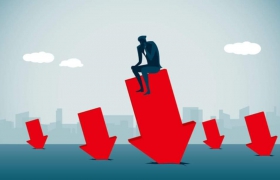
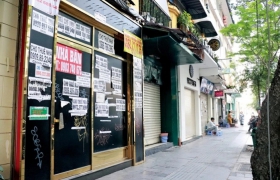


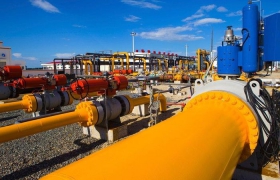



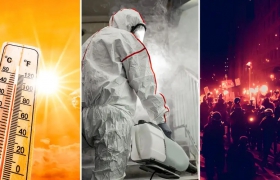


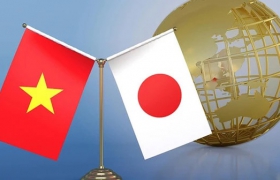









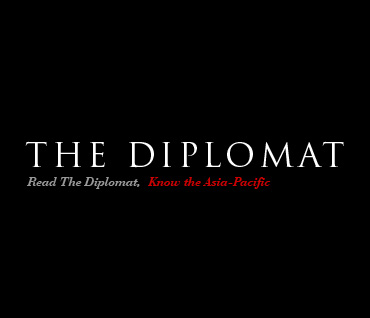
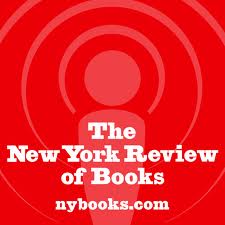



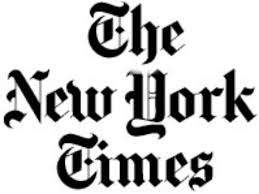
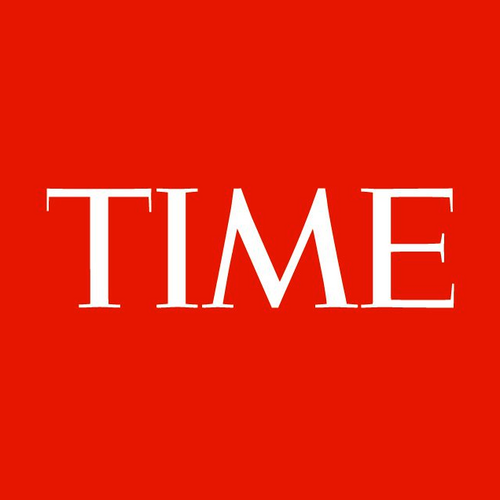

 Yahoo:
Yahoo: 